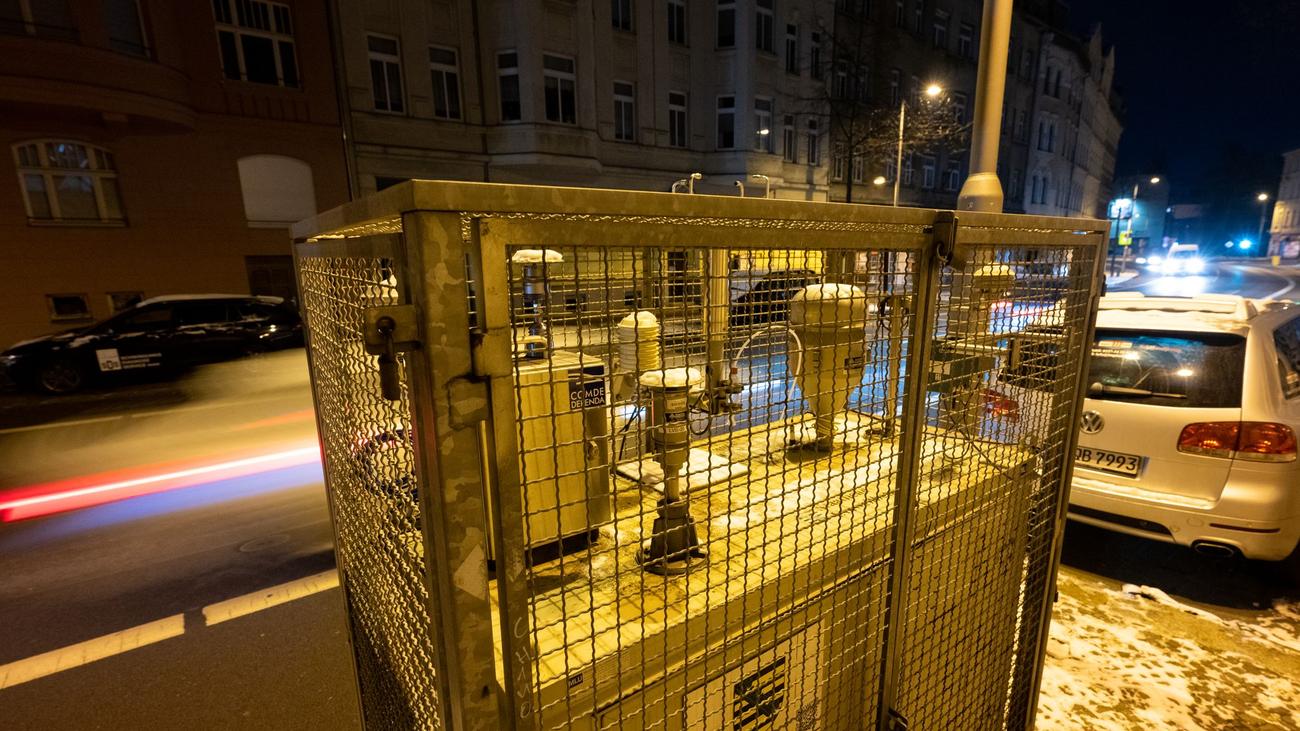
Poor Air Quality Persists in Saxony: Feinstaub Levels Exceed Standards
Leipzig, Liebschützberg, and Görlitz Experience Elevated Air Pollution
Recent measurements from the German Environment Agency (UBA) have revealed concerning air quality levels in parts of Saxony, with five monitoring stations recording significant exceedances of the permitted limits for particulate matter (PM10). The affected locations include three measuring points in Leipzig, one in Liebschützberg (Nordsachsen district), and another in Görlitz.
Causes of Poor Air Quality
According to the Saxon State Office for the Environment, Agriculture, and Geology, the current air pollution is primarily attributed to winter temperatures and the associated increase in emissions, particularly from wood heating. Typically, road traffic, power plants, and district heating systems are major sources of particulate matter. The situation is further exacerbated by the current weather conditions, characterized by stable high-pressure systems from the east, minimal wind, and a lack of precipitation.
Understanding Particulate Matter
Particulate matter is classified according to particle size: PM2.5 refers to particles up to a size of 2.5 micrometers, while PM10 encompasses particles up to 10 micrometers (thousandths of a millimeter). These microscopic particles can easily penetrate the respiratory tract through the nose and mouth, potentially reaching the lung alveoli and bloodstream, where they can cause harm.
Expected Duration of Poor Air Quality
Jacqueline Kern of the German Weather Service (DWD) anticipates that the high air pollution levels will likely persist over the weekend. Germany will remain under the influence of high-pressure systems, leading to downward air pressure, which further hinders air exchange.
Impact on Health
Individuals with compromised respiratory systems, such as those with asthma, allergies, or acute respiratory conditions, are particularly vulnerable to the adverse effects of particulate matter exposure. In such cases, it is advisable to limit strenuous outdoor activities when air quality is compromised.
Preventive Measures
To mitigate the impact of poor air quality, vulnerable individuals should take precautions such as:
- Reducing outdoor activities that involve significant exertion
- Wearing masks to minimize particle inhalation
- Staying indoors in well-ventilated spaces
- Monitoring air quality forecasts and adhering to recommendations
Ongoing Monitoring and Mitigation Efforts
Environmental agencies are closely monitoring the situation and working to identify and address the sources of air pollution. In the meantime, the public is urged to minimize activities that contribute to particulate matter emissions, such as unnecessary idling of vehicles and wood burning.
Long-Term Solutions
Addressing the underlying causes of poor air quality requires a comprehensive approach that includes transitioning to cleaner energy sources, improving public transportation systems, promoting energy efficiency measures, and implementing stricter regulations on industrial emissions. By working together, policymakers, industry leaders, and individuals can create a healthier and more sustainable environment for the future.
